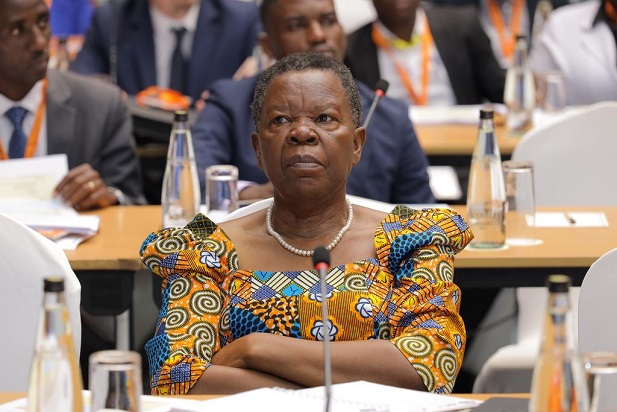The Ministry of Energy and Mineral Development has predicted the continued fall in fuel pump prices as the global industry continues to stabilize. A mini survey by the Uganda Radio Network in different parts in and around Kampala shows that a liter of petrol now goes for as low as 5,890 Shillings and diesel 5,500 Shillings.
However, TotalEnergies and Shell stations, the two leading retailers in the country have maintained a liter of petrol at an average of 6,580 Shillings, and diesel at 6320 Shillings. The prices of fuel and other petroleum products shot up a year ago as economic activities worldwide resumed following the lifting of the COVID-19 pandemic-induced lockdowns in many countries.
This resumption of economic activities led to a sharp increase in demand for petroleum products, yet the supply was still low, which triggered a hike in fuel prices. As this was being addressed, the war between Russia and Ukraine broke out and disrupted the global supply chain for both crude oil and finished products, as the main transport routes were blocked.
At an average of 6,800 Shillings a liter of petrol, while diesel went up to 6,400 Shillings, Uganda has had the highest fuel prices in the East African region as the government rejected proposals for any price interventions as happened in neighboring countries, and its Inflation hit 9 percent at the end of August.
Honey Malinga, the Commissioner for petroleum in the Ministry of Energy and Mineral Development, says that the factors which led to the increase in the fuel prices have eased, hence the stabilization or reduction in pump prices. Due to the lack of affordability, by the end of June, a significant number of motorists had parked their vehicles, as shown by the reduction in traffic on most roads.
Malinga says the Ugandan fuel sector, doesn’t operate solely, therefore the multiple challenges the global sector faced, in the last two years couldn’t leave the local prices intact in any way. “Beginning with the COVID-19 lockdown effects, to truck driver’s demonstrations when they refused to transport fuel, and the fever that surrounded Kenya’s recently concluded elections, all these among others constrained the supply and they could not spare the pump prices,” he explains.
In the past two months, there has been a drop in the fuel pump prices and some resemblance of stability at least for one month. According to Malinga, these prices will continue to drop because all the factors that contributed to the increase have since stabilized, and others have been contained.
Whereas the fuel prices are stabilizing as noted earlier, there is a noticeable difference between the prices of two major dealers in the market and others with the former having high prices than the latter. This has kept the average price higher across the country.
The commissioner attributes this to expensive fuel, which was brought in by these big players through Tanzania during the perceived tension of the recently concluded Kenyan elections.
“As tension was building up in Kenya as the polls drew nearer, some retailers reduced their supplies and waited for the situation to normalize, however, these big players braved the increased transport costs and used the Tanzanian route, and made sure the country has reserves ready for the worst from Kenya,” he said.
According to Malinga, these big dealers, still have this expensive fuel in their reserves, and when it depletes, the pump prices will further reduce.
–URN





